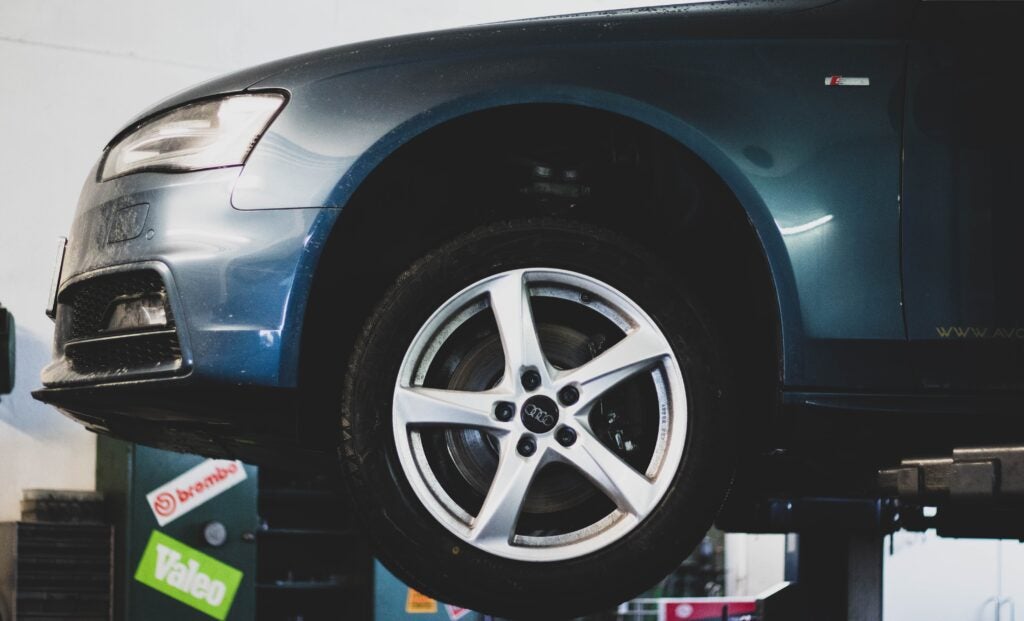This guide on emissions component warranties covers the basics of federal emission warranties, catalytic converter warranties, and other emission control warranties.
What is a Federal Emissions Warranty?
A Federal Emissions warranty is a one-time agreement that is given by a manufacturer to an individual for the purchase of a vehicle. It applies to all vehicles sold in the United States per year and provides the right to repair or replace a defective vehicle at no cost during its warranty period. This policy is meant to protect consumers from unforeseen mechanical failure, bad design, or defective parts that can cause harm while in use.
Emission Control Warranties At A Glance
This Warranty is mandated by law and prospective buyers need to be wary of any auto dealership that tells you otherwise. It will tell you that the warranty only applies to the first owner of your vehicle. This is not true. A Federal Emission Warranty also covers vehicles with a trade-in value of up to 50% more than your vehicle purchase price.
An Emissions warranty will only be considered valid if it is acquired from the manufacturer before October 15th of the year that you buy or lease your vehicle. Auto manufacturers only provide this warranty after federal emission standards have gone through their testing process concerning vehicles sold in that time period, including prior versions (known as pre-1999 models).
Emission Component Warranty
The warranty on emissions components can only be transferred between owners, but the transfer is not automatic and it requires you to follow specific procedures to receive the warranty. Proof of ownership, which includes your name and address, must be presented along with a copy of the Warranty. You are required to fill out a warranty registration card with the manufacturer before your vehicle has 5K miles on it, or 30 days from the date that you purchase or lease your vehicle. There are some exceptions to these rules based on other factors such as: if your vehicle was used as part of a fleet at the time of sale or trade-in value is higher than the original purchase price.
In most cases, the Warranty requires you to present your vehicle to a dealership for repairs or replacements before another certified dealership will consider working on your vehicle. An Emissions Warranty also covers any needed repairs that may result from third-party lawsuits against your vehicle.
A warranty on emissions components is only applicable if the original emissions warranty sticker is securely attached to your car’s windscreen and all service logs are up-to-date. Failure to do so can result in you not receiving an Emission Warranty. Proof of purchase documents are also required if you choose to take advantage of this policy and a Federal Emission warranty will be immediately void if the documentation given is fraudulent in its nature.
Some companies have created their own Emission Warranty policies, but they are not issued or regulated by the government. Some of these policies include manufacturer service contracts, mechanical protection plans, extra equipment protection plans, and extended warranties. Warranty benefits come directly from the manufacturer, while others will require that you follow certain steps to get them. The two main retailers of the Federal Emissions Warranty are General Motors and Ford Motor Company.
Even though Federal Emissions Warrants are regulated by the government or a Federal entity, vehicle owners are still responsible for the exact performance of their vehicle when it is out of warranty. On October 15th, the date that a vehicle’s Emission Warranty ends, if any problems have occurred related to the original purchase or lease date, it is the owner’s responsibility to fix those problems before going anywhere with their vehicle. This is especially true if they have received repairs while out-of-warranty from another certified dealership or parts store.
Federal Emissions Warranties will not cover any repairs done to your vehicle for any of the following reasons, even if the repairs were authorized by a manufacturer:
- Vehicle was damaged by an accident, riot, flood, or exposure to weather conditions.
- Vehicle was in use for commercial purposes at the time of damage or malfunction occurred (including work vehicles sold at auction after the original lease runs out).
- The original purchase date has passed and the vehicle is no longer under warranty (mandated by law).
- Vehicles modified in a manner that has changed their model designation from its original configuration (known as “chipped” vehicles).
- Vehicle was damaged while being driven in any race or speed competition. This is an exception if the vehicle’s purpose was for use in a sanctioned racing event and the owner registers for that event within 90 days of purchase.
- Accident, damage, or malfunction was caused by user negligence or improper maintenance.
- Parts found to be defective are not covered under the manufacturer’s warranty policy (known as “failures due to wear and tear”).
- Vehicle was damaged due to driver’s or passenger’s negligence.
- Vehicle was purchased or leased with a loan finance contract for which coverage has been waived (known as “loans only covers named driver”).
- Vehicle is used in commercial or non-commercial use at the time of damage or malfunction occurs (including work vehicles sold at auction after the original lease runs out).
- . Vehicle was damaged due to road conditions or driving conditions.
- . Vehicle has been damaged due to battery leakage.
- Vehicle was used for other than personal purposes when damage or malfunction occurred.
- . Vehicle has been damaged due to theft, vandalism, or intentional damage, grounds for which are not covered by the insurance policy of the owner.
Federal Credit Unions offer credit unions as well as other financial institutions like banks and credit card companies the ability to offer a Federal Emission Warranty at a lower cost than a dealer can charge you and also get premium coverage that no other party provides.
Catalytic Converter Warranty
Vehicle Emissions Warranties are intended to protect people from having to pay for emissions inspection in case of repairs or replacements within a certain period, as well as provide compensation in case of defects not being dealt with properly. These warranties come in different levels that will vary from brand to brand, but most importantly always check how long is the warranty period and what does it include before purchasing such services.
Always check in advance what kind of warranty do you qualify for. If it’s an extended warranty, you must try to find out if it will cover the cost of emissions testing and repair or replacement in case something will go wrong, and lastly try to negotiate the warranty period and price that way you can always get a better deal.
Most warranties are not transferable when changing the vehicle ownership so be careful about it when purchasing one. But keep in mind that since the emission system is located on the engine itself it can always be transferred from one vehicle to other as long as they are both compatible regarding certain specifications.
Federal Emissions Warranties are offered by the federal government by allowing people to buy insurance coverage for their vehicle against defects in the emissions system and have it repaired or replaced under a warranty paid by the U.S. government.
Vehicles manufactured before 1990 are not covered with an Emission Warranty; however many older vehicles such as Subarus, Volkswagen’s Jetta and Passat TDI Models, Fiat’s Grandis Diesel Sedan, Volkswagen Rabbit Diesel, Nissan’s Leaf Model S, Chevy Volt Model 3 & 4 and Mitsubishi Outlander Plug-in Hybrid all have Federal Emissions Warranty available to them.





